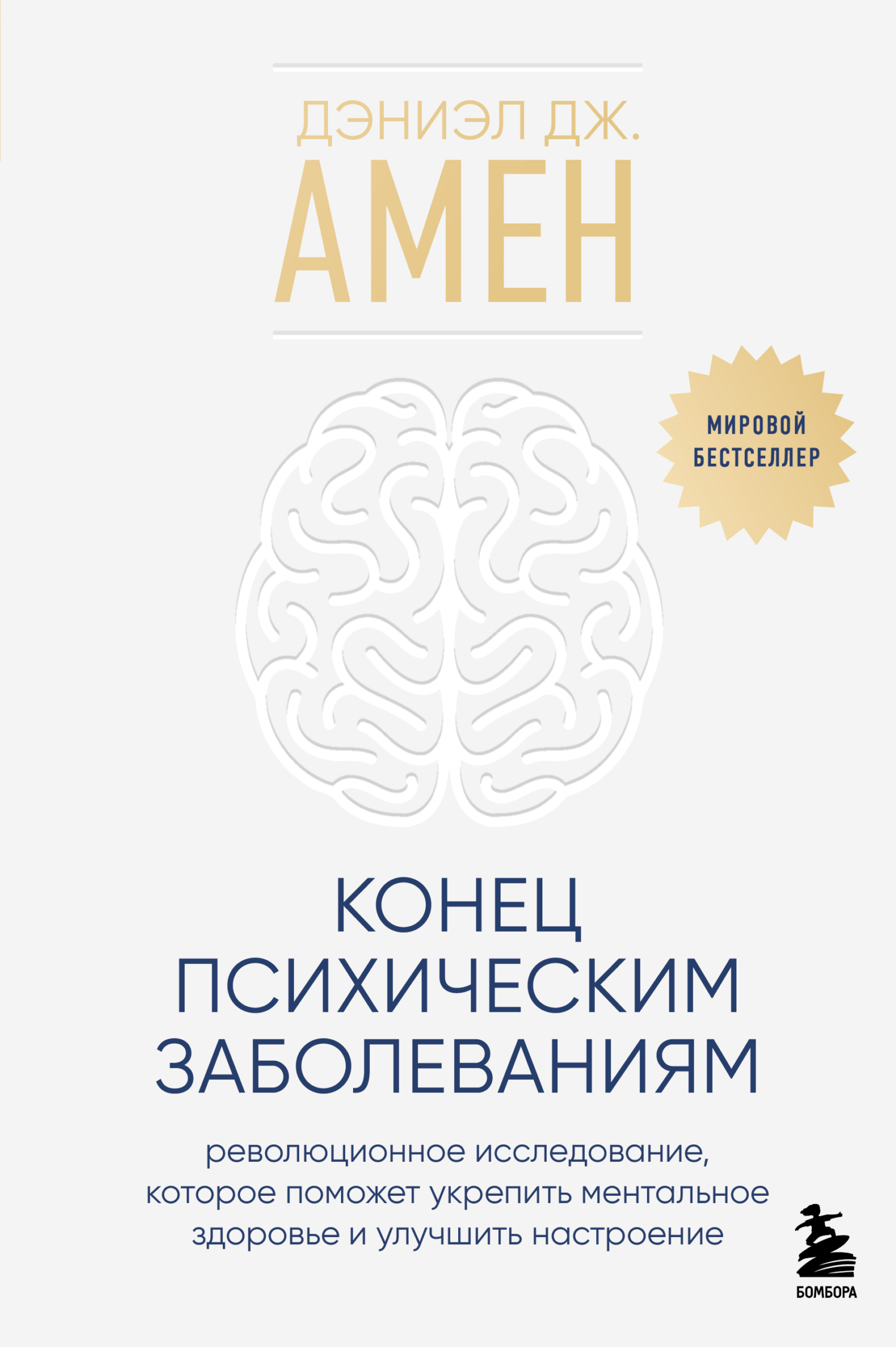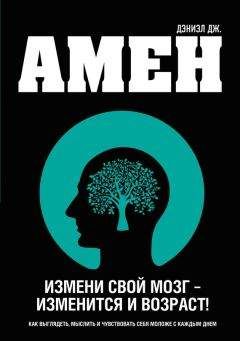the Literature,”
Linacre Quarterly 84, no. 3 (August 2017): 275-95.
Johannes Hertel et al., “Evidence for Stress-Like Alterations in the HPA-Axis in Women Taking Oral Contraceptives,” Scientific Reports 7, no. 1 (October 26, 2017): 14111.
Y. Zimmerman et al., “The Effect of Combined Oral Contraception on Testosterone Levels in Healthy Women: A Systematic Review and Meta-analysis,” Human Reproduction Update 20, no. 1 (January/February 2014): 76-105.
Claudia Panzer et al., “Impact of Oral Contraceptives on Sex Hormone-Binding Globulin and Androgen Levels: A Retrospective Study in Women with Sexual Dysfunction,” Journal of Sexual Medicine 3, no. 1 (January 2006): 104-13.
Hamed Khalili, “Risk of Inflammatory Bowel Disease with Oral Contraceptives and Menopausal Hormone Therapy: Current Evidence and Future Directions,” Drug Safety 39, no. 3 (March 2016): 193-97.
Амен, Д. Загадки женского мозга. – Эксмо, 2014.
Carlo Pergola et al., “Testosterone Suppresses Phospholipase D, Causing Sex Differences in Leukotriene Biosynthesis in Human Monocytes,” FASEB Journal 25, no. 10 (October 2011): 3377-87. Амен, Д. Загадки женского мозга. – Эксмо, 2014.
Linnea Hergot Berglund et al., “Testosterone Levels and Psychological Health Status in Men from a General Population: The Tromsø Study,” Aging Male 14, no. 1 (March 2011): 37–41.
Amen, Memory Rescue, 216.
Амен, Д. Загадки женского мозга. (Эксмо, 2014).
Lu Sun et al., “Meta-Analysis Suggests That Smoking Is Associated with an Increased Risk of Early Natural Menopause,” Menopause (New York) 19, no. 2 (February 2012): 126-32.
Ana M. Fernández-Alonso et al., “Obesity Is Related to Increased Menopausal Symptoms among Spanish Women,” Menopause International 16, no. 3 (September 2010): 105-10.
Reini W. Bretveld et al., “Pesticide Exposure: The Hormonal Function of the Female Reproductive System Disrupted?” Reproductive Biology and Endocrinology 4 (May 31, 2006): 30.
Amen, Memory Rescue, 220.
Амен, Д. Загадки женского мозга. – Эксмо, 2014.
Thomas T. Y. Wang et al., “Estrogen Receptor Alpha as a Target for Indole-3-Carbinol,” Journal of Nutritional Biochemistry 17, no. 10 (October 2006): 659-64.
Gregory A. Reed et al., “A Phase I Study of Indole-3-Carbinol in Women: Tolerability and Effects,” Cancer Epidemiology, Biomarkers and Prevention 14, no. 8 (2005): 1953-60.
E. Sherwood Brown et al., “A Randomized, Double-Blind, Placebo-Controlled Trial of Pregnenolone for Bipolar Depression,” Neuropsychopharmacology 39, no. 12 (November 2014): 2867-73.
C. E. Marx et al., “Pregnenolone as a Novel Therapeutic Candidate in Schizophrenia: Emerging Preclinical and Clinical Evidence,” Neuroscience 191 (September 15, 2011): 78–90.
Nicole Ducharme et al., “Brain Distribution and Behavioral Effects of Progesterone and Pregnenolone after Intranasal or Intravenous Administration,” European Journal of Pharmacology 641, nos. 2–3 (September 1, 2010): 128-34.
Амен, Д. Загадки женского мозга. – Эксмо, 2014.
Amen, Memory Rescue, 221.
* Его еще называют диабетическим ожирением. – Прим. науч. ред.
Cyrus A. Raji et al., “Brain Structure and Obesity,” Human Brain Mapping 31, no. 3 (March 2010): 353-64.
Социальная сеть, запрещенная на территории РФ.
Andy Menke et al., “Prevalence of and Trends in Diabetes among Adults in the United States, 1988–2012,” JAMA 314, no. 10 (2015): 1021-29.
“Adult Obesity Facts,” Overweight and Obesity, Centers for Disease Control and Prevention, last reviewed August 13, 2018, https://www.cdc.gov/obesity/data/adult.html.
Gregory E. Simon et al., “Association between Obesity and Psychiatric Disorders in the US Adult Population,” Archives of General Psychiatry 63, no. 7 (July 2006): 824-30. Nancy M. Petry et al., “Overweight and Obesity Are Associated with Psychiatric Disorders: Results from the National Epidemiologic Survey on Alcohol and Related Conditions,” Psychosomatic Medicine 70, no. 3 (April 2008): 288-97.
H. C. M. Byrd, C. Curtin, and S. E. Anderson, “Attention-Deficit/Hyperactivity Disorder and Obesity in US Males and Females, Age 8-15 Years: National Health and Nutrition Examination Survey 2001–2004,” Pediatric Obesity 8, no. 6 (December 2013): 445-53.
Michael Hinck, “How Obesity Can Affect Your Teen’s Self Esteem,” Health Beat, Jamaica Hospital Medical Center, September 26, 2014, https://jamaicahospital.org/newsletter /how-obesity-can-affect-your-teens-self-esteem/.
Zhang Xue-Yan et al., “Obese Chinese Primary-School Students and Low Self-Esteem: A Cross-Sectional Study,” Iranian Journal of Pediatrics 26, no. 4 (August 2016): e3777.
Kenneth M. Carpenter et al., “Relationships between Obesity and DSM-IV Major Depressive Disorder, Suicide Ideation, and Suicide Attempts: Results from a General Population Study,” American Journal of Public Health 90, no. 2 (2000): 251-57.
Cyrus A. Raji et al., “Brain Structure and Obesity,” Human Brain Mapping 31, no. 3 (March 2010): 353-64. Kristen C. Willeumier, Derek V. Taylor, and Daniel G. Amen, “Elevated BMI Is Associated with Decreased Blood Flow in the Prefrontal Cortex Using SPECT Imaging in Healthy Adults,” Obesity (Silver Spring, MD) 19, no. 5 (May 2011): 1095-97. Mark Hamer, G. David Batty, “Association of Body Mass Index and Waist-to-Hip Ratio with Brain Structure,” Neurology 92, no. 6 (February 2019): e594-600.
Alan R. Schwartz et al., “Obesity and Obstructive Sleep Apnea: Pathogenic Mechanisms and Therapeutic Approaches,” Proceedings of





